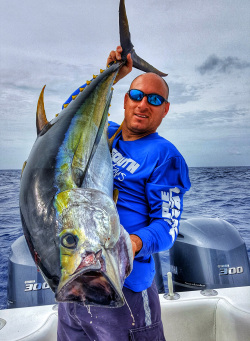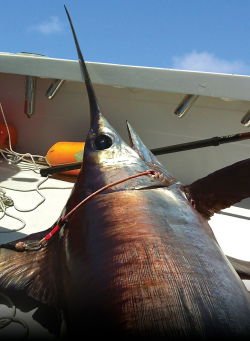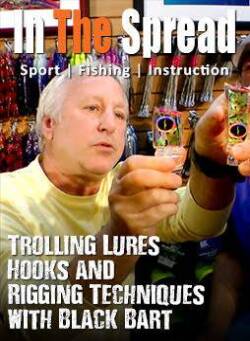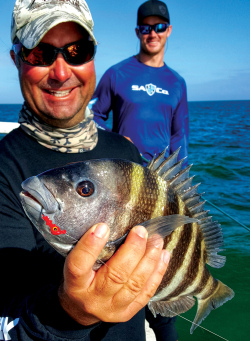Dolphin fishing requires attention to weed patches and current edges, as they can be significant sources of productivity. Explore these formations for pelagic species, such as dolphins and other pelagic species. Prepare gear, trolling on clean or blue water sides, and watch for life. Integrating these tips into your program can yield significant rewards.
Dolphin Fishing - Weedlines and Current Edges
Dolphin Fishing - Weedlines and Current Edges
(00:16:10)
Watch Full Video
View Short Trailer
Instructor:
RJ Boyle
Description
/
Review
/
Instructor
Key Points of Dolphin Fishing: Weedlines and Current Edges
- Weedlines and current edges are formed when ocean currents collide, aggregating baitfish and attracting dolphin fish.
- Visual cues like grass, weed, debris, and color variations in the water can indicate productive fishing spots.
- Weedlines range from tiny patches to vast fields and provide protection and sustenance for smaller fish, initiating a food chain.
- Current edges appear as choppy zones, color variations, or resemble rivers in the ocean, often resulting from waters of varying temperatures meeting.
- Observing the water's surface for slicks, chop, waves, and grass can help locate potential fishing spots.
- Preparing for the catch involves setting up gear, maintaining distance from the weed or edge, trolling into the current, and managing time effectively.
When it comes to dolphin fishing, understanding the significance of weedlines and current edges can make a substantial difference in your success.
Login
to leave a review.
User Reviews
There are no reviews yet.We Recommend
0




